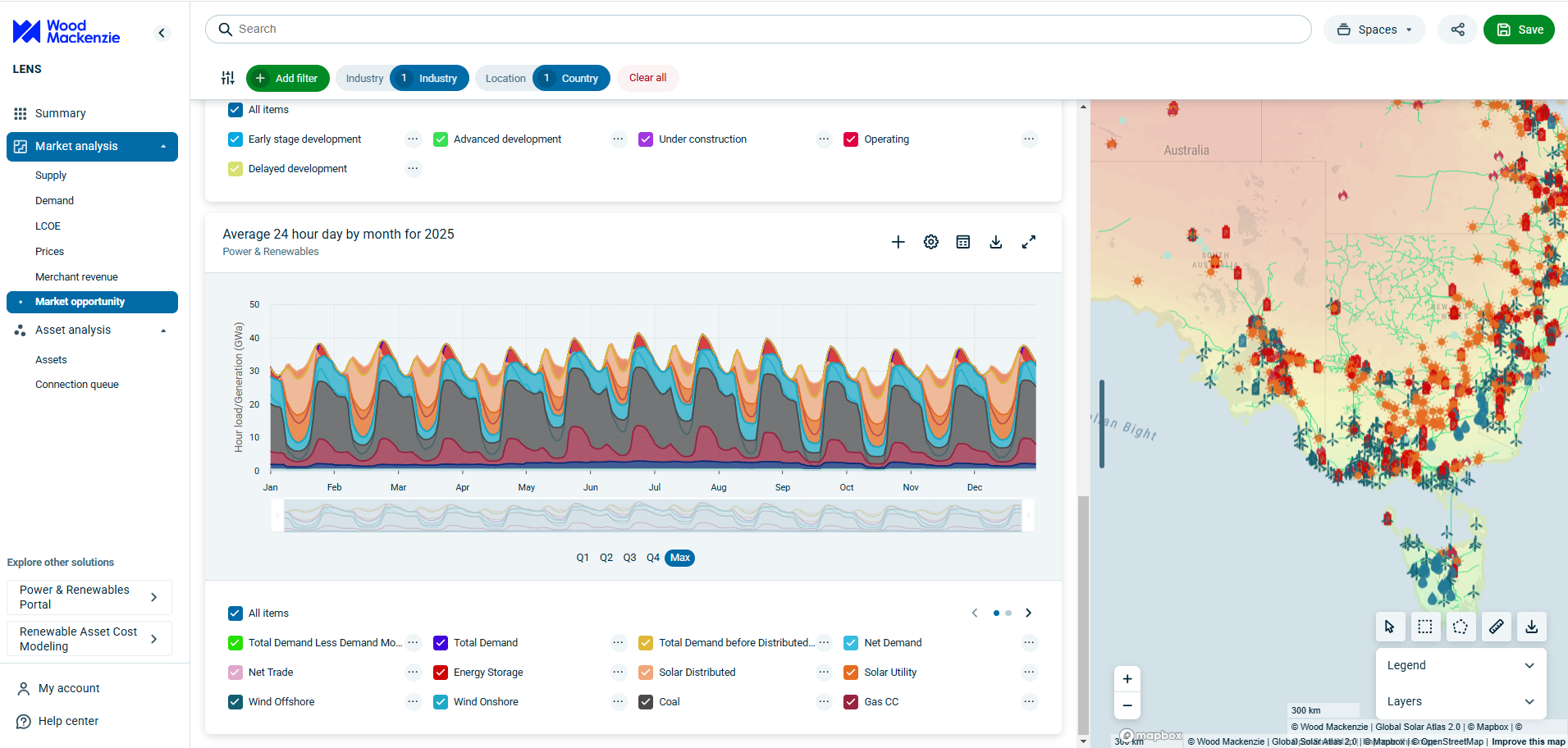Get in touch
-
Mark Thomtonmark.thomton@woodmac.com
+1 630 881 6885 -
Hla Myat Monhla.myatmon@woodmac.com
+65 8533 8860 -
Chris Bobachris.boba@woodmac.com
+44 7408 841129 -
BIG PartnershipWoodMac@BigPartnership.co.uk
UK-based PR agency
Brent crude oil prices are projected to average $73 per barrel in 2025, down $7 per barrel per barrel from 2024, according to Wood Mackenzie’s latest monthly oil market outlook. The $73 per barrel forecast for this year is revised down $0.40 per barrel from the early February monthly report.
The outlook is primarily shaped by two factors: OPEC+ production plans and US tariff policies.
Ann-Louise Hittle, Vice President of Oils Research at Wood Mackenzie, states, "We’re seeing a complex interplay of supply and demand factors. While global demand is expected to increase by 1.1 million barrels per day in 2025, non-OPEC production is forecasted to rise by 1.4 million barrels per day, potentially outpacing demand growth."
Key points from the forecast include:
- OPEC+ plans to increase production in small monthly increments from April 2025 through September 2026. Postponing this plan would support prices and could offset the impact of additional US tariffs.
- Global economic growth for 2025 is projected at 2.8%, but this could be adjusted downward by around 0.5 percentage points depending on potential trade war scenarios.
- Slower GDP growth could reduce the oil demand increase in 2025 by about 0.4 million barrels per day.
- The annual average for Brent crude could be $3 to $5 per barrel lower if oil demand growth weakens.
Wood Mackenzie emphasizes that these projections are subject to change based on global economic conditions, tariff and trade policies, and OPEC+ decisions.
“Slower GDP growth would put the demand gain in 2025 about 0.4 million b/d less than the current projection for the year,” said Hittle. “The resulting 0.7 million b/d year-on-year gain would be surpassed to a greater degree by the increase in non-OPEC supply, the majority of which is from conventional projects, so largely independent to oil price. This risk would leave little room for OPEC+ to pursue its plan to bring output back into the market.”





